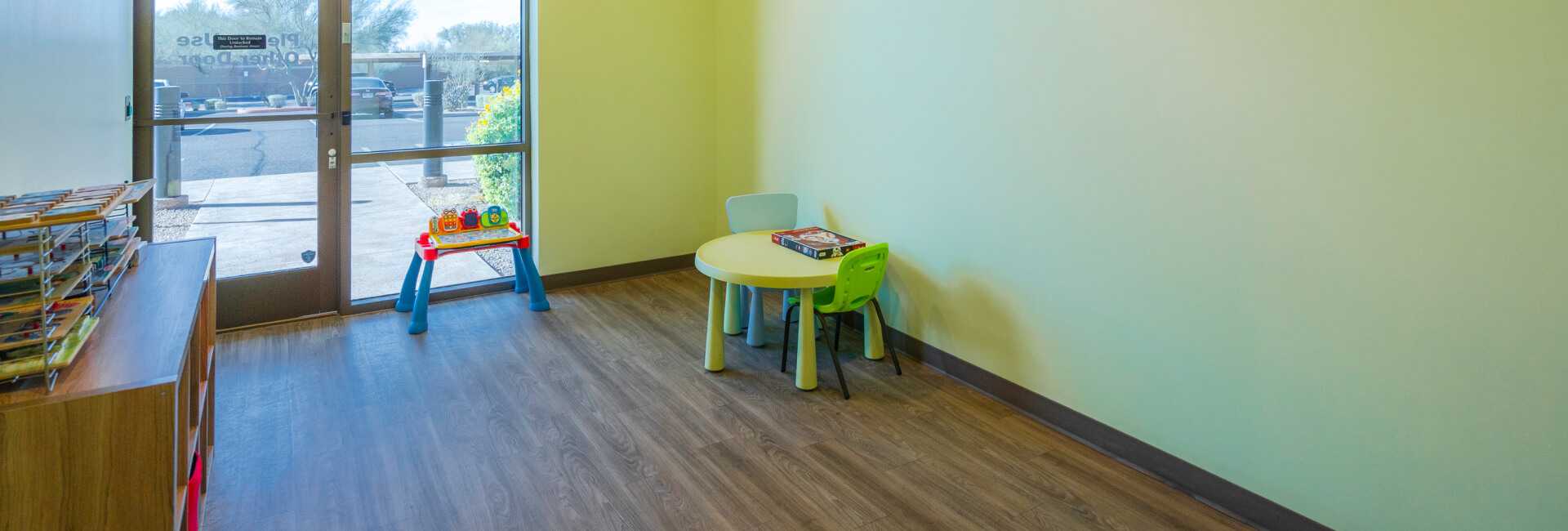Understanding the Different Techniques Used in Speech Therapy
When someone hears the term “speech therapy,” they may think it only pertains to the voice. However, this special field goes far beyond vocalizations. It delves into numerous speech and communication issues.
At Scottsdale Children’s Institute in Scottsdale, Arizona, our team brings the most advanced and science-based tools available to help children communicate. In this blog, we explain what speech therapy is and how it may be able to help your child.
How speech therapy works
Though they can overlap, speech therapy has two basic categories: speech disorders and language disorders. Speech disorders involve vocalizations, such as how we say words and make sounds. Language disorders pertain to communicating — both sharing and understanding — through speaking, reading, writing, and listening.
There are several speech and language disorders, such as:
- Articulation disorders, which involve problems making certain sounds
- Fluency disorders, which involve disrupted speech flow, such as stuttering
- Resonance disorders, which involve issues with voice pitch, quality, or volume
- Expressive disorders, which involve problems using words or putting them together
- Receptive disorders, which involve difficulty processing language
- Cognitive-communication disorders, which involve issues with attention, perception, organization, regulation, memory, and problem-solving
Each of these disorders can impact speech and communication in specific ways. They can also occur for a variety of reasons, ranging from hearing impairments and respiratory problems to developmental disorders, such as autism.
To put together the most effective treatment strategy, your speech therapist always starts with a comprehensive assessment. This helps them determine which skills need strengthening and the best approach for success.
Speech therapy and your child
Our certified speech-language pathologists (SLPs), or speech therapists, use several techniques to help children improve their speech and language skills. They also personalize each treatment plan based on your child’s age, type of disorder, responsiveness to therapy, and underlying medical conditions, if any.
Three common speech therapy strategies include language intervention activities, articulation therapy, and oral-motor therapy.
Language intervention activities
This technique focuses on stimulating language development. Our therapists accomplish this through playing, singing, and talking along with books and objects. Throughout the entire process, they focus on modeling and incorporating repetition exercises to strengthen and build language skills.
Articulation therapy
During articulation therapy exercises, our speech therapists focus on age-appropriate play to show your child how to make certain sounds, syllables, and sentences. This can also involve showing them how to move their tongue in certain ways to make specific sounds and syllables.
Oral-motor therapy
Sometimes speech and language disorders develop from weak oral muscles, so strengthening exercises can play an essential role in improving communication. This area of speech therapy often includes facial massage along with tongue, lip, and jaw exercises. Sometimes, they also use foods of different temperatures and textures during the sessions. This approach helps raise a child’s oral awareness while eating and swallowing.
Our speech therapists work with our students one-on-one, in small groups, and in our inclusive education classrooms. They also provide strategies for you to continue working with them at home.
Are you ready to see how speech therapy can help your child? To learn more, book an appointment online or over the phone with Scottsdale Children’s Institute today.





